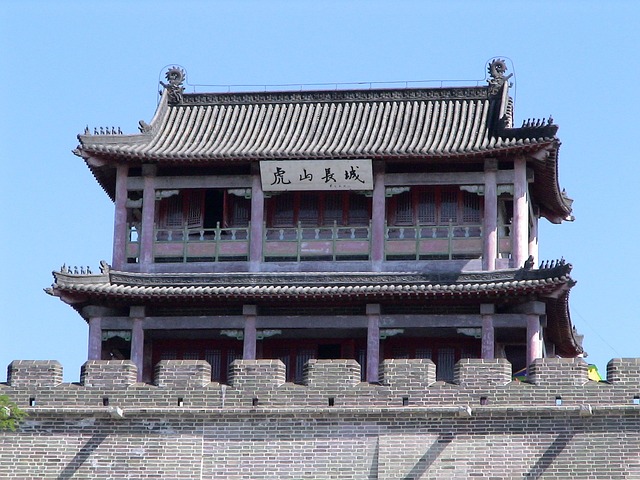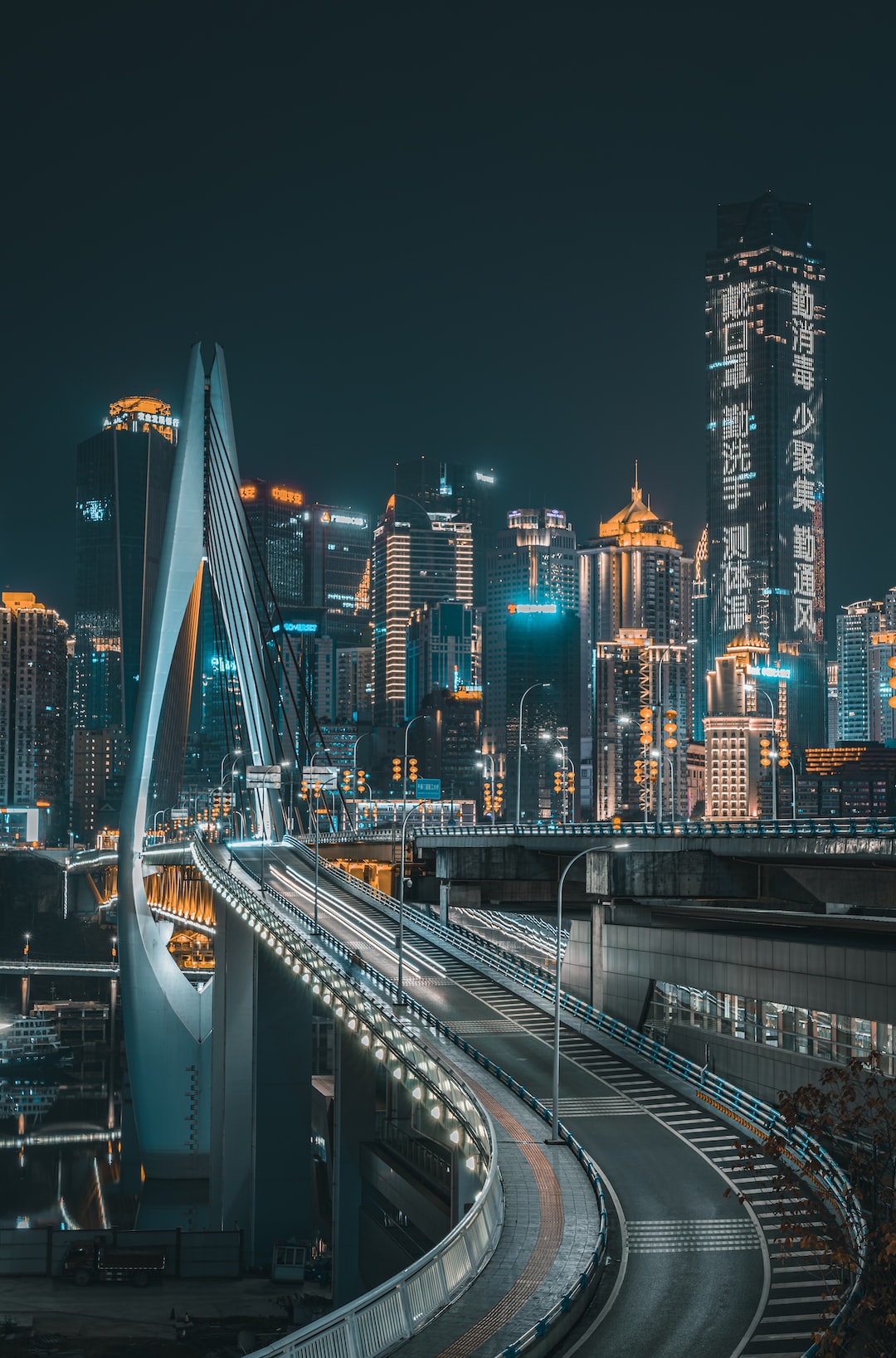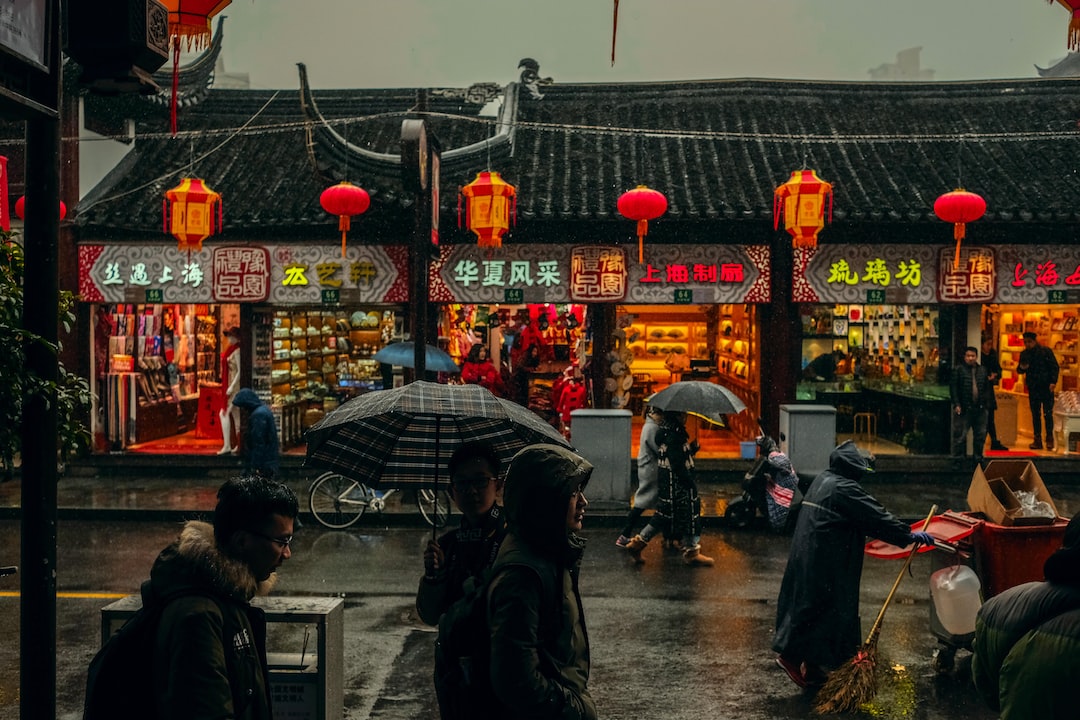Must-Visit UNESCO World Heritage Sites in Beijing
Beijing, a city steeped in history and culture, is a treasure trove of UNESCO World Heritage Sites. As China holds the prestigious rank of having the second-highest number of these sites globally, a journey through Beijing offers glimpses into the country's profound historical narratives and architectural marvels.
The Great Wall
Emblematic of China's historical grandeur, The Great Wall, primarily erected during the Ming Dynasty, unravels across hilltops spanning at least 3,000 miles. Visitors are drawn to its most stunning segments near Beijing. Those sections include the popular Badaling, the challenging Jinshanling, and the favorite amongst many - the picturesque Mutianyu. Accessible from Beijing within an hour, The Great Wall's grandiosity is universally acknowledged.
Forbidden City
In the very heart of Beijing lies the Forbidden City, the imperial epicenter for 500 years and the world's largest collection of preserved ancient wooden structures. Spanning over 180 acres with 900 regal buildings, this symbol of Chinese sovereignty became a UNESCO site in 1987 and continues to enchant over 15 million visitors annually.
Summer Palace
The Summer Palace unfolds as an expansive royal park replete with lush gardens, sacred temples, and majestic palaces. Noteworthy attractions here include Longevity Hill's commanding tower, the Long Corridor's magnificent colonnade alongside Kunming Lake, and the ornate Marble Boat — all reasons why this site holds its UNESCO title.
Temple of Heaven
The Temple of Heaven, a key historical relic from 1420, illustrates China's time-honored religious customs where emperors sought celestial blessings for bountiful harvests. The temple's striking circular structure highlights its architectural uniqueness, solidifying its place on the UNESCO list since 1998.
Ming Tombs
The Ming Tombs, nestled north of Beijing, are a collection of mausoleums honoring thirteen Chinese emperors. Out of the expansive complex, Changling, Dingling, and Zhaoling Tombs are open for public admiration. The Sacred Way, leading to the tombs, is lined with stately animal statues, immersing visitors in imperial China's ambiance.
The Grand Canal
The Grand Canal, linking Beijing and Hangzhou, stands as one of the most remarkable human-made waterways. Integral to economic vitality since the Sui dynasty, it earned its UNESCO status in 2014, and witnessing its grandeur up close is a rewarding experience for any Beijing visitor.
Peking Man Site at Zhoukoudian
The Zhoukoudian cave system, located to Beijing's south, played a pivotal role in archaeological studies, housing key finds like the Homo erectus fossil known as Peking Man. These finds significantly expanded human evolutionary knowledge, and the site itself, alongside an educational museum, presents a compelling attraction.
Chengde Mountain Resort
Further afield, the Chengde Mountain Resort, an imperial Qing dynasty summer sanctuary, occupies an extensive land area, brimming with palaces, temples, and scenic spots. The resort's highlights include the magnificent Putuo Zongcheng Temple, emulating Tibet's Potala Palace, and the Puning Temple with its record-holding Avalokiteśvara statue.



